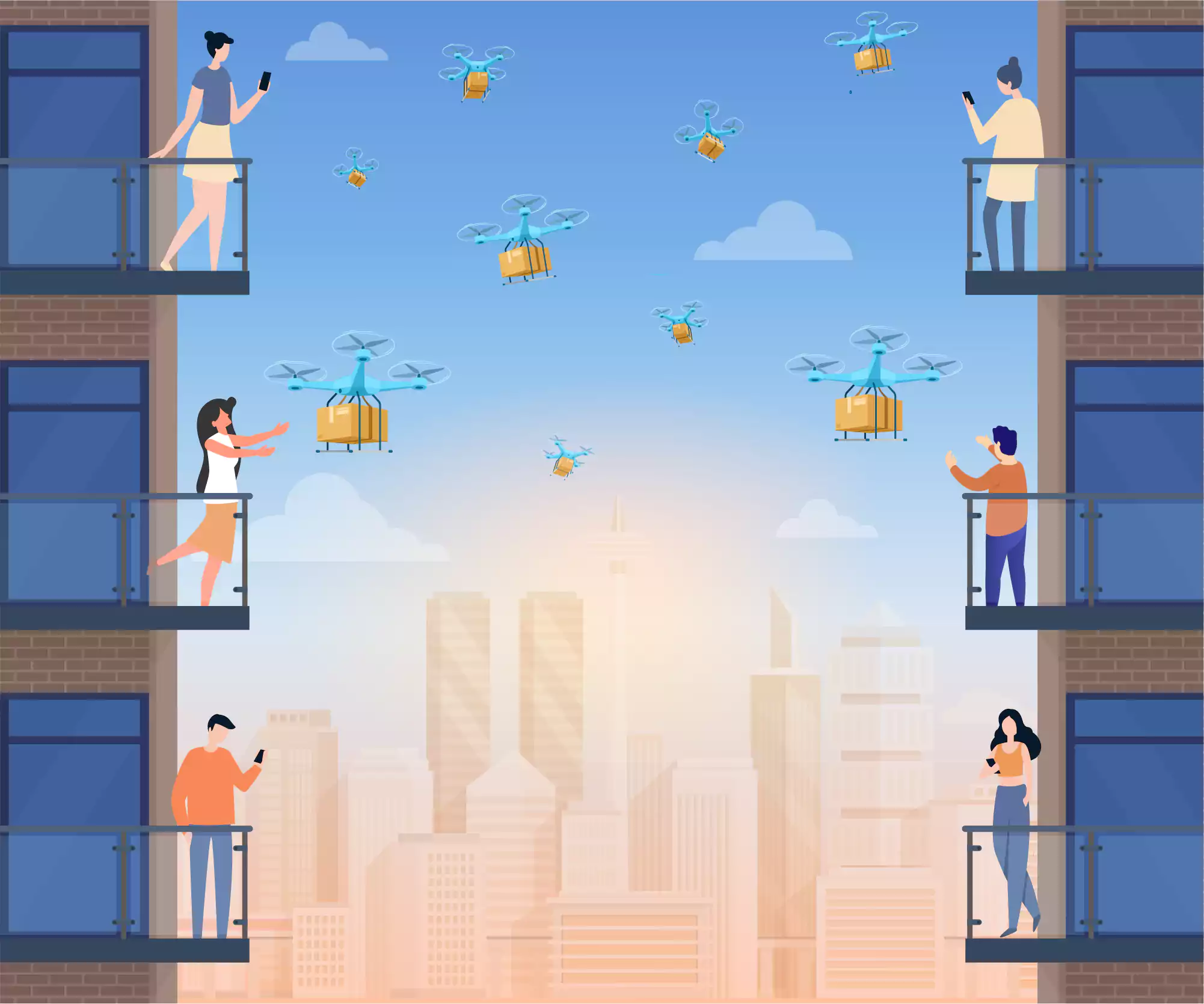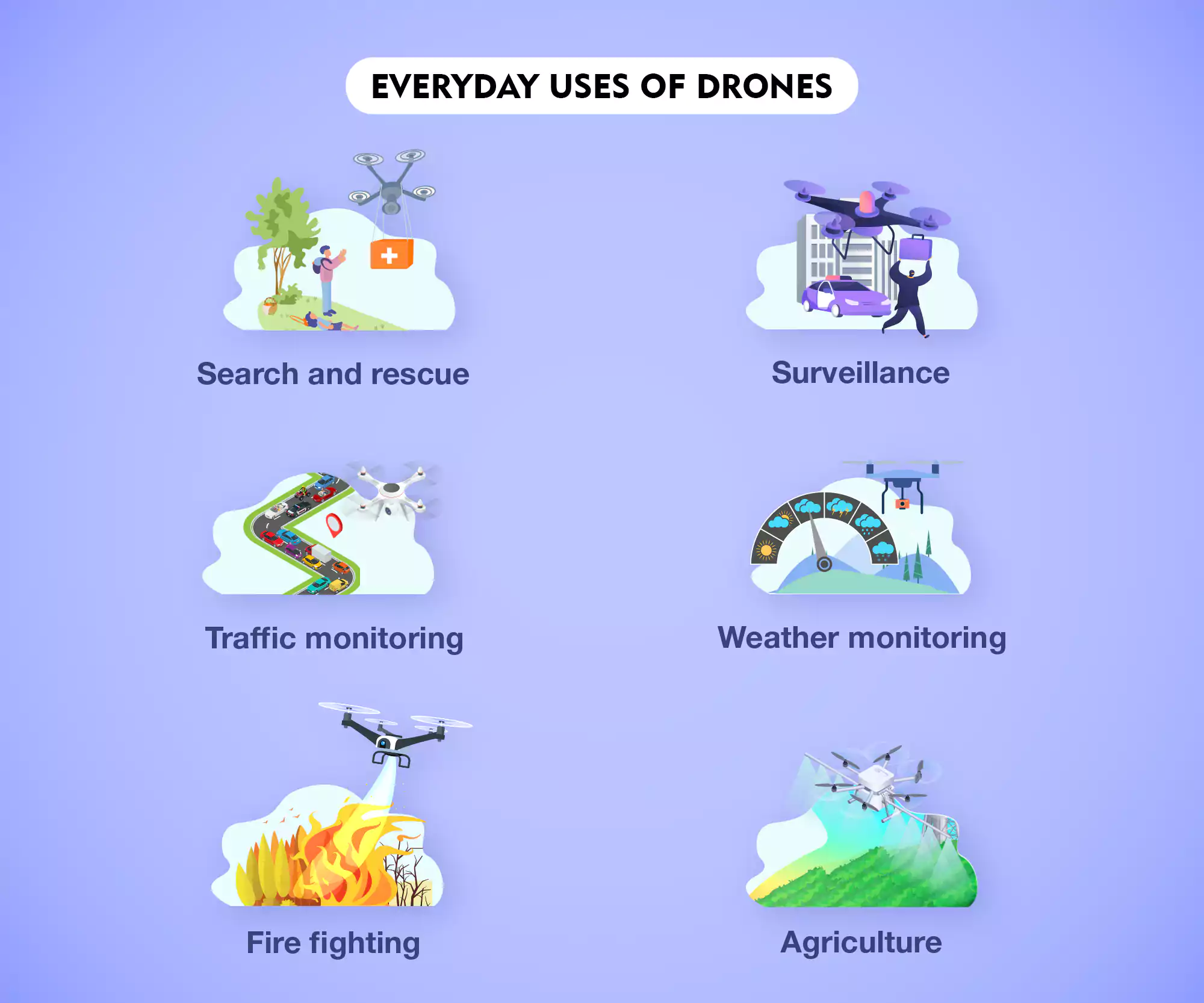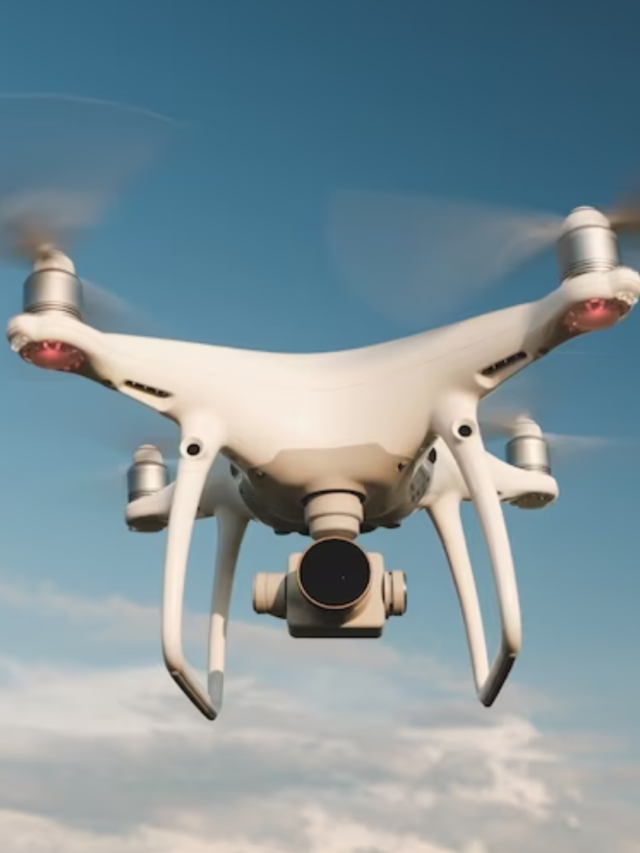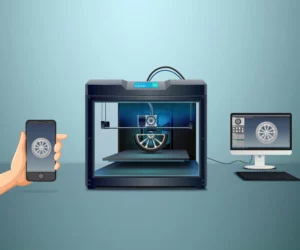
In the past three years, there have been over 660,000 commercial drone deliveries across the globe. It might not seem like much for a worldwide number, but remember that just a decade ago, we could only see flying devices like this in sci-fi flicks. Drone technology has rapidly broken barriers since then—from groceries delivered instantly to your doorstep to emergency medical supplies in remote areas. In addition, they can cover enormous distances in less time, which is often an arduous task for traditional delivery channels. Thus, today, the drone industry is booming and constantly evolving. Let’s learn more about the technology that drives drones and appreciate how drone delivery is changing the world.
How does drone technology work?
From the user’s side, a drone may seem simple enough—a joystick to control its motion and a GPS module to track its whereabouts. However, the technologies and mechanics that come together to make this possible are quite complex.
Here’s an easy way to understand it: a drone needs two main aspects to function—connectivity and controls.
Drones need connectivity to:
- detect signals from high-end satellites for navigation
- detect obstacles (using infrared rays) and reroute if needed, and
- communicate the drone’s flight details to the controller.
The next major aspect that drones need is controls. Drones need controls to:
- watch over the drone’s aerodynamics (speed, tilt control, etc.) while it is in flight (through a gyroscope and flight propellers)
- calibrate the drone’s battery power as well as other readings (using Ground Station Controller), and
- capture 4K footage from the aerial view using built-in cameras.
With such a comprehensive (and constantly expanding) range of features and possibilities, this technology is a hot favourite among tech giants who want to monetise it. So let’s now get into the business needs that drone technology has awakened.
Drone delivery impacting business operations
The global supply chain hasn’t changed much since the 1950s. Trucks, ocean freight, and planes have always been the major shipment modes. A package from Shanghai to the US via ocean freight might take 28 days. But through the air, it would take 14 hours. Still, since ships are cheaper, companies prefer to use them.
But now, retailers and consumers want faster delivery of goods, forcing B2B businesses, especially the shipping industry, to rethink their operations and modify their supply chains. Natilus, for instance, is building autonomous air delivery systems that look like passenger aircrafts. In Natilus’ case, one pilot will manage multiple planes remotely. The idea of bringing autonomy to the freight industry and scaling that through air aviation has massive potential for global economic growth.
Regarding B2C models, around 2,000 drone deliveries are taking place daily worldwide. Business forecasters believe it will revolutionise e-commerce by taking over traditional delivery channels. The lower operating costs and a sudden change in business models post-COVID have further exacerbated the need to embrace drone-based delivery models worldwide. These drones will be able to jump through harsh terrains such as jungles, mountains, and water bodies. Most importantly: they will not be stuck in traffic jams for hours. These features make the drones both time and energy-efficient.
A report states that due to the growth of the e-commerce industry, there will be a 36% increase in the number of delivery vehicles in inner cities. This increase will lead to traffic congestion and an increase in carbon footprint. Here also, drone delivery systems will come to the rescue—being a greener alternative. They will play a vital role in making e-commerce organisations more sustainable.
Of course, who can talk about the e-commerce industry without acknowledging Amazon, its Olympian player?
Amazon Prime Air is leading the drone technology race
Amazon began its experiments with drone technology in 2013. Finally, they are all set to introduce the Prime Air service. The idea behind this service was to create a system that shortens delivery time. You click on your device, and a tangible product is in your hands within 30 minutes. Amazon’s customers living in Lockeford, California, will be the first to experience Prime Air Delivery.
Not all drones have the capability to avoid air traffic. Therefore, they require visual observers. Prime Air, however, doesn’t need a remote pilot and will self-navigate air traffic—ensuring delivery at the prescribed coordinates of the location. While flying, the delivery drone will identify static and moving objects and can change its course if it detects obstacles in the way. As the drone descends to deliver the package, it will ensure that the surroundings are clear of people, animals, and objects. And finally, after the safe release of the package, it will return to its flight path.
This whole process is not as simple as it seems. A lot is happening behind the scenes. The precision at which the algorithms are working is surprising. Amazon has created more than two dozen prototypes during their course of experimentation. They are also in regular touch with the Federal Aviation Administration to smoothen the regulatory process for flying.
Along with Amazon, several other tech giants are in the process of adapting drone tech, including Wing Aviation, owned by Alphabet, and UPS Flight Forward.

The role of AI in drone technology
Initially, someone sitting in a room controlled drones. But the integration of Artificial Intelligence (AI) led to their absolute autonomy. Because of machine learning, these drones can detect obstacles, avoid collisions, and navigate the surroundings.
One key aspect of AI integration is the presence of neural networks that help convert sensor signals into real-time images. In the earlier stages, humans must train these networks to analyse the route. More advanced systems, on the other hand, can improve themselves. While that may sound futuristic, it is also considered one of the downsides of AI. What if the drone algorithm decided to speed up someday? Would it still be able to evade collisions in time to avoid injuries or casualties?
Integrating AI into the system aims to create a human-like eye in the sky. By equipping these drones with GPS, visual, thermal, and sonar detectors, drones can create a 3D picture of the world by providing real-time analytical feedback. AI will also come in handy during a mishap. It can make a structure for contingency management like a safe emergency landing.
What can go wrong
The autonomy of machines always brings with it a whole new set of public security concerns. Instances of people playing with AI and hacking into systems are not uncommon in today’s world. Drones are also widely used for military purposes like surveillance and targeted attacks. Similarly, terrorist organisations or even pranksters can create havoc within seconds by attaching a weapon to the drone. Therefore, businesses and regulatory bodies must work together for air traffic and security.
As for e-commerce businesses that think their services got the sweetest upgrade, a challenge awaits. They will be delivering the packages to complicated addresses. Will a drone be able to get into a narrow lane? Will customers come out to collect the parcel? If yes, will it not defy the whole purpose of door-to-door delivery?
Furthermore, the idea of automation eating jobs and replacing manual labour is a concern to many. AI taking over jobs in some sectors is a reality we all must accept. But it will create a new set of opportunities in a different industry. Working with drone tech will require people to oversee the systems and how drones operate. It will fill a gap in the logistics industry that requires people with a technical skill set.
What does the future of drone technology look like?
Drone delivery operations are picking up steam globally. More than 25 countries worldwide, including the US, China, Dubai, Australia, Finland, the UK, Japan, Russia, Israel, and Canada, are major contenders in the drone race.
The government of India, keeping the new drone rules in view, has also given the nod to private players for experimentation. In addition, the country also banned the import of drones, further boosting the startup culture. These government regulations can help India become a potential exporter of drones in years to come. Drones have now entered multiple industries in the Indian market—delivering essential medical supplies or rendering geospatial mapping.
The barriers to entering this new dimension of technology are low. Therefore, it’s going to grow with time. As a global community, we are at a critical stage in predicting where we’re headed with drone tech. Still, numbers don’t lie, and the prospects for the drone market look more promising than ever.



